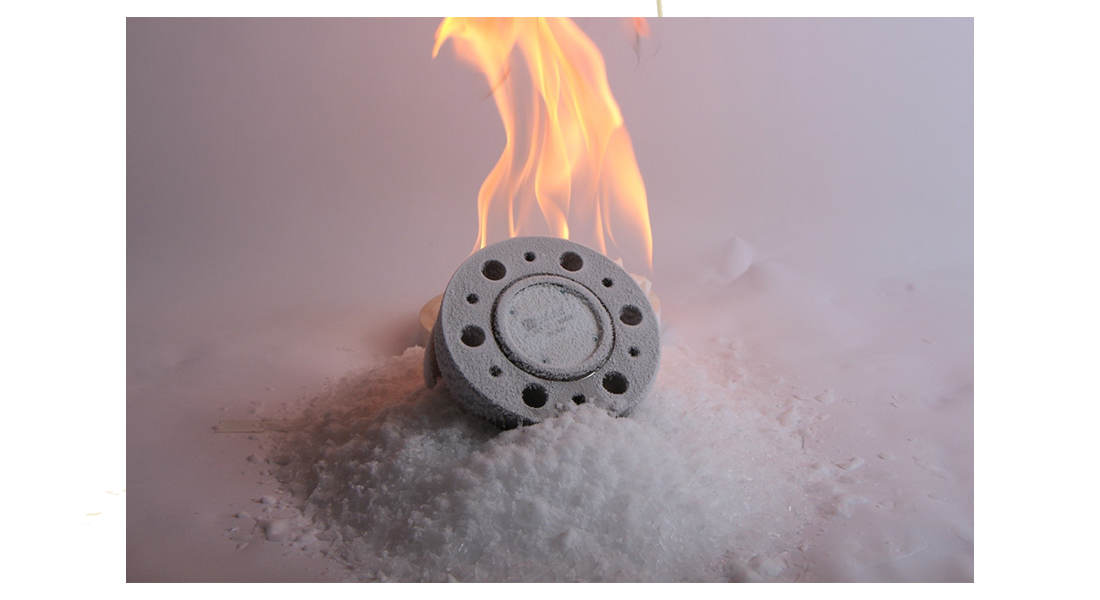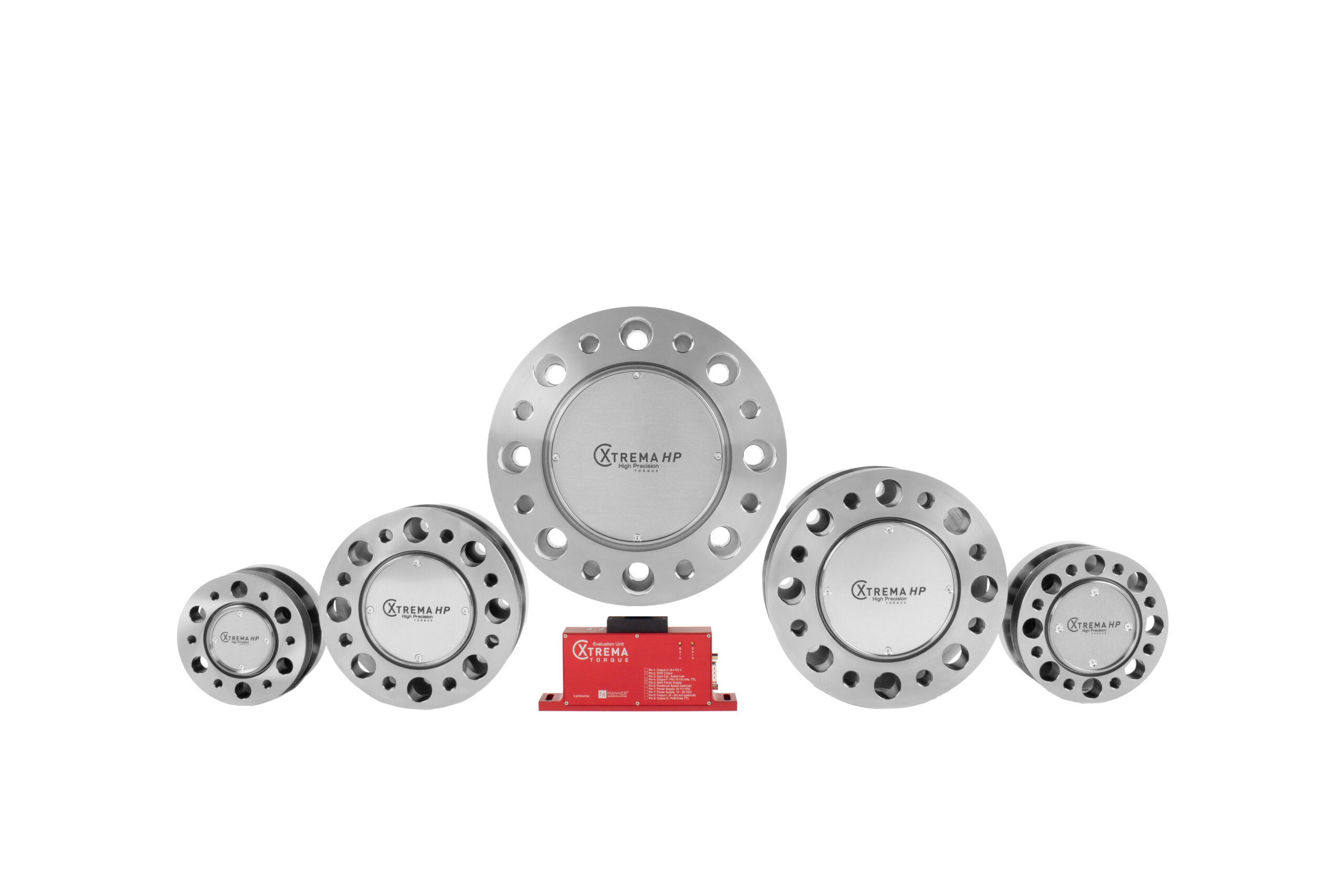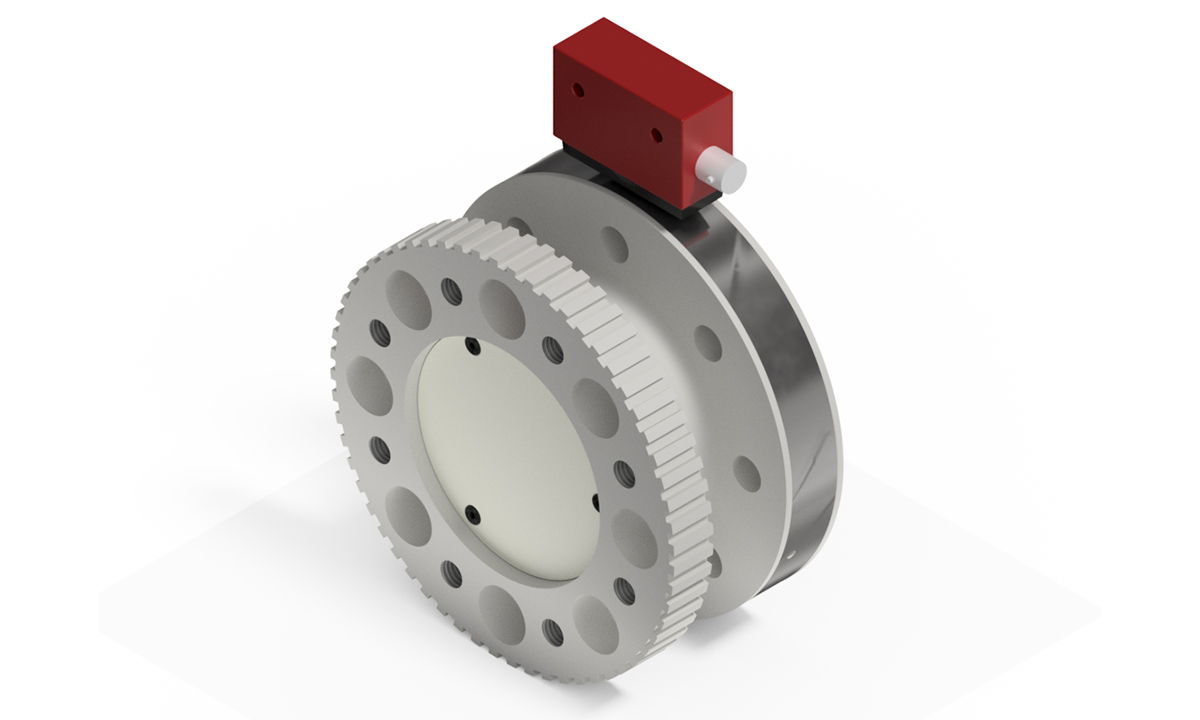Improved torque measurement technology in real-world applications through innovative compensation for parasitic influences such as rotational speed, ambient temperature, and parasitic forces (axial force and bending moment) on measurement accuracy
In an era where electromobility is redefining the boundaries of speed and efficiency, and the aviation industry is driven towards increasingly advanced technologies due to the ever-rising pressure on fuel prices, the accuracy of torque measurements is becoming crucial.
In contrast to conditions in the calibration environment, real-world applications in testing facilities subject torque flanges to additional forces beyond the torque being measured, such as installation-induced forces. Additionally, ambient temperature is not constant and is usually significantly higher than indicated in the calibration protocol. The Tk0 and Tkc values provide an indication of the additional error. The additional influence of high speeds in electric drives also adversely affects accuracy.
In summary, there are three new challenges significantly affecting the accuracy of torque measurement flanges:
Speed Effects: With electromobility, rotational motors are achieving ever-higher speeds (>20,000 rpm), leading to physical effects that can alter the measured torque. Centrifugal forces, expansion effects, and air turbulence effects occurring at high speeds must be carefully considered to ensure accurate measurement results.
Temperature Effects: Temperature fluctuations can alter the material properties of torque measurement flanges, thus affecting measurement accuracy. A particular challenge in test benches for electric motors is the increased and constantly changing ambient temperature. As is known, the modulus of elasticity of a measuring body changes with temperature at approximately 2.5% per 100°K, which is significant. Effective compensation for this temperature dependence is crucial, especially in environments with extreme temperature conditions.
Parasitic Forces: Undesired external influences such as friction, imbalance, and axial loads can distort the measured torque. These parasitic forces must be systematically identified and compensated for to improve measurement accuracy.
MANNER Sensortelemetrie has addressed these challenges and presents a new generation of torque measurement flanges that enable effective compensation for environmental effects. Through the use of advanced sensor technologies and real-time compensation algorithms, the effects of speed, temperature, and parasitic forces can be accurately captured and corrected.
Especially in the aerospace sector, where every gram of weight savings and every improvement in efficiency is of great importance, contactless torque sensors with robust compensation for environmental effects can offer a significant advantage. By minimizing measurement errors and ensuring reliable and precise torque data, these sensors can help significantly increase the performance and efficiency of turbines and other propulsion systems.
The new MANNER development offers the integration of innovative compensation for the mentioned environmental effects into our contactless torque sensors. With this, we provide an essential component for more precise and reliable torque measurements that meet the requirements of modern electromobility and the aviation industry.
As usual, the torque sensor is compatible with all our evaluation units and offers flexible signal output. The measured torque is digitized directly in the rotor. The measured values are transmitted digitally and contactlessly to the signal pick-up. All maintenance-free and supplied inductively as usual. In modern test bench concepts, the measured data is typically forwarded digitally via EtherCAT, CAN, or Ethernet to the test bench data acquisition.




